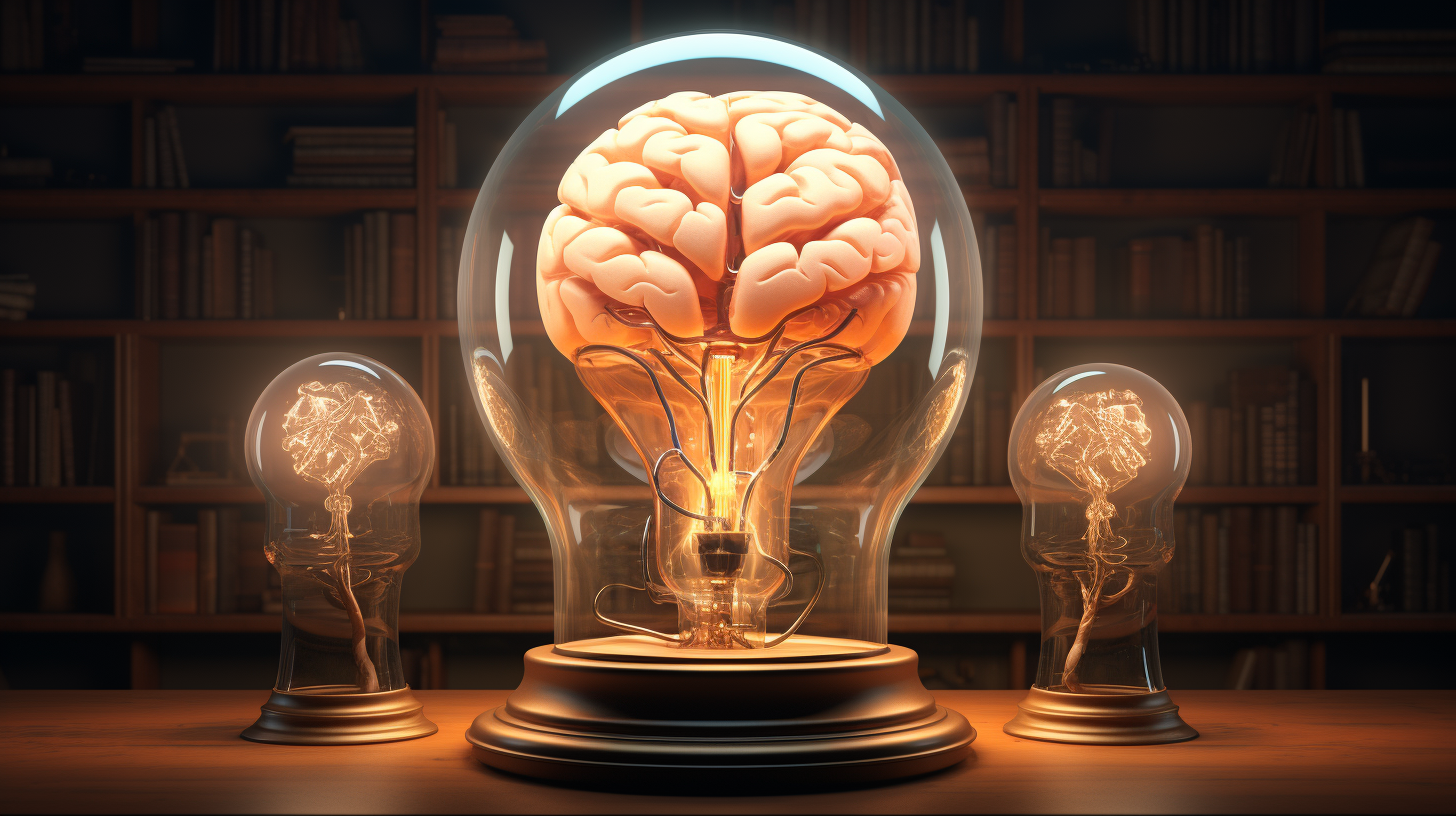Artificial Intelligence (AI) might be the poster child of 21st-century tech, but Machine Learning (ML) is undoubtedly the powerhouse behind the scenes. If AI were a magic show, ML would be the magician pulling the strings to make the magic happen. But how does Machine Learning work? What makes it so pivotal to AI? Let’s pull back the curtain and unravel the mystery of Machine Learning.
Understanding Machine Learning
Machine Learning is a subfield of AI that enables computers to learn from and make decisions or predictions based on data. Essentially, ML systems use algorithms to build mathematical models based on sample data, known as ‘training data,’ to make predictions or decisions without being explicitly programmed to perform the task.
ML is crucial to AI because it provides the mechanism for intelligence – the ability to learn. Without ML, AI systems would be limited to executing only the tasks they are explicitly programmed to do.
The Different Types of Machine Learning
Machine Learning is a diverse field, but its methods are primarily categorized into three types: Supervised Learning, Unsupervised Learning, and Reinforcement Learning.
- Supervised Learning: In Supervised Learning, the model is provided with a set of example inputs and their desired outputs, and the goal is to find a general rule that maps inputs to outputs. The training process continues until the model achieves a desirable level of performance. Applications of Supervised Learning include spam detection, image recognition, and predictive modeling.
- Unsupervised Learning: Unlike Supervised Learning, in Unsupervised Learning, the model isn’t provided with the correct answers. Instead, the algorithm must figure out what it sees. This approach is commonly used for clustering, dimensionality reduction, and anomaly detection.
- Reinforcement Learning: In Reinforcement Learning, an agent learns how to behave in an environment by performing certain actions and observing the results. Over time, the agent learns to perform the actions that yield the most reward. It’s often used in robotics, gaming, and navigation.
Understanding the mechanics of Machine Learning is essential in the realm of AI. It’s the cog that sets the vast AI machine into motion, allowing systems to learn, adapt, and improve over time. As we continue our journey into AI, the role of Machine Learning will only become more prominent, and understanding it better will help us appreciate the magic of AI. Stay tuned for our next dive into the world of Deep Learning and Neural Networks.
